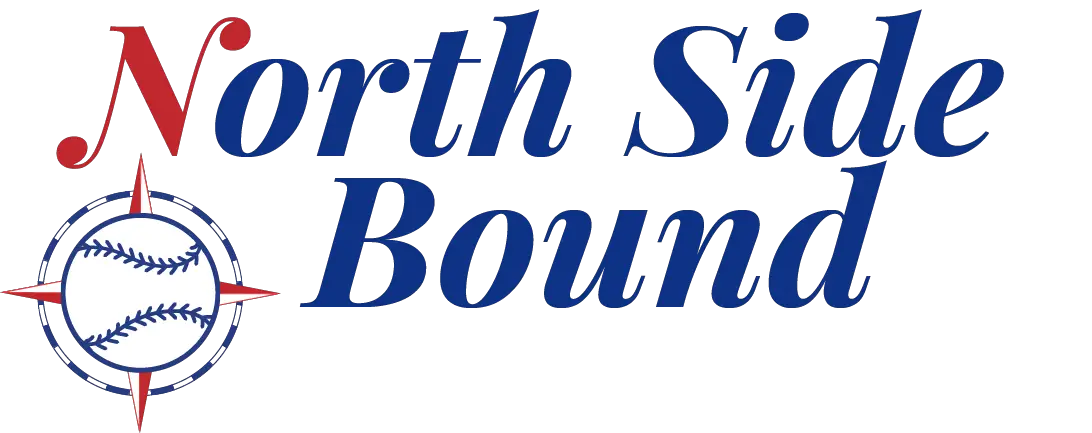North Side Bound content usually doesn’t talk about the Major League Club much for a reason. We are a website the deals with Cub prospects in the minor leagues.
With the trade deadline coming up, however, that is something that’s going to impact the system and possibly make it much stronger than it is now. Last year saw a huge influx of talent at the trade deadline. No one is expecting that kind of wholesale change again this year.
Instead, the Cubs only have a few pieces that they can move at the major league level. What teams would be willing to give up to get that talent remains to be seen. If the Cubs do decide to move Willson Contreras, the Cubs could probably get a good deal. To a lesser extent, Ian Happ could yield a smaller but good return. And David Robertson might fetch a lower level prospect who might be more of a project or is really young in the Dominican.
There’s no doubt of the impact that last year‘s ‘trade” class is having on the system now from the major league level on down to Arizona. At every stop, there’s somebody the Cubs acquired that is showing flashes of why they were acquired.
Here are 3 questions to discuss about the trade deadline and its effect on the system.
What can fans expect to get in the next two weeks?
Do the Cubs have an area of need that they want to try and build up in their system?
Are they going to target certain types of players to acquire?
Let’s tackle these one by one.
It’s hard to know what to expect, to be quite honest. Jed Hoyer is not going to make a deal just to make a deal. If a certain team is interested in Willson, the Cubs pro scouting department probably has already done their due diligence in finding out who the elite players are in that organization and which ones have the loudest tools, which seems to be a theme in recent talent acquisition. Over the past two years, we’ve seen Jed go out and get a lot of young players that the Cubs can develop. There’s Owen Caissie, Pete Crow-Armstrong, and Kevin Alcantara to name about a fifth of the Cubs top prospects he’s acquired since December 2020. The only thing you should expect is that the prospects have a loud skill set with a high ceiling when it comes to their potential. Potential, actually, might be more important than if they are a top 100 prospect (which would be nice) but it is not required. It’s about how good of a player the prospect could be not how good they are now.
Despite recently becoming a top 10 system, the Cubs still do have some needs in their system. They were always in need of top of the rotation type starting pitchers. They are in desperate need of left-handed pitching throughout the system. They are few and far between and you can never have enough. It doesn’t matter if the lefties are starters or relievers, just the Cubs probably need to add some in bulk. In addition, the Cubs can use a good couple of good corner infielders. With Matt Mervis headed to Iowa tomorrow, it’s basically just him and Bryce Ball as the only future first base options on the horizon. And the Cubs don’t really have that big powered type of third baseman either. Realistically, though, the Cubs are going to take the best players they can get regardless of position. You go out and worry about where they play later. It usually sorts itself out.
What the Cubs can get back in deals really depends on the team the Cubs are trading with and the talent that they have more than anything else. If a team is willing to give up a lot, that offer is going to be moved right to the front of the list. And if it team’s top talent is closer to the majors, that changes the dynamics of the trade. The Cubs have to be flexible to get the possible wheelbarrow full of guys this summer. They cannot be rigid in the process and hold firm on needing pitching or players that only play a certain position.
With just 12 days left until the deadline on August 2, who knows what will happen. If Hoyer and Hawkins don’t get the deal they like, then they take the comp pick for Willson, which might not be a bad deal. The Cubs can get a really good player in the mid 30s, especially when they are going to be picking again just a few players later.
But realistically, the Cubs are going to be sellers. What they can get for a swap of their top players is still unclear but the odds are that they have the power to hold out for possibly the best deal. What that deal will look is truly anybody’s guess – it depends solely on their trading partner.
This should hold us over until the trades come in and we finally see the return. I will be intrigued to see just who we get, how high their potential is, and how the new players impact the system.







I really hope they hold on to Happ. A switch hitting outfielder in his prime with one more year of control. They would need a major league starter or top 10 prospect in return.